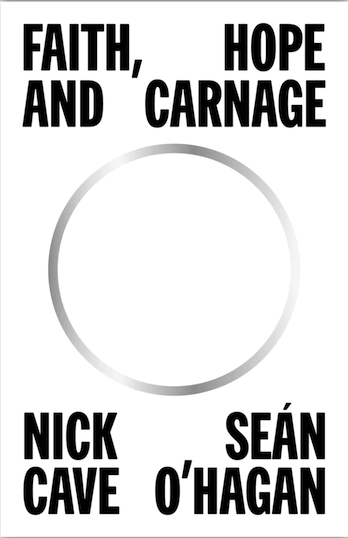My copy of Dilla Time by Dan Charnas is very dog-eared. It might be irresistible trivia about where that sample came from and why it sounds different to the original. A musicological analysis of the beat, tracing the evolution of the drum machine to Midi Production Centre (MPC). Or passages that transport us to basements and studios as pivotal tracks are being made.
But above all, it's the insight into Detroit's history, the Yancey family and how James became J Dilla (via Jon Doe, Jay Dee, Dill Withers and other aliases) that I found most captivating.
On a journalistic front, I am full of admiration. This book is a rigorous piece of research, with the author constructing a largely third-person narrative from more than 190 interviews, published/unpublished interviews with Dilla, and a stack of other research (check the bibliography).
I do love my direct quotes. They take us to a place and time and make us part of the conversation. But Dan's approach works because he manages to pour all these discoveries and recollections into a master narrative, building an argument and maintaining the momentum from chapter to chapter like an accomplished storyteller.
There's a real determination on the page to trace Dilla's musical heritage to the Motor City (down to the street grid), to analyse his unique sense of rhythm on a mathematical level and to lend thesis-level weight to the argument that he changed music (not just hip-hop, all popular music). He certainly didn’t just switch off quantization (time correction) and become great overnight – a gross oversimplification that bugged Dan enough to start thinking about setting the record straight with Dilla Time.
This is no hagiography. We get to know the man behind the legend, flaws and all. The character study side of this book is illuminating. The cultivation of persona – sometimes in service of the music but also detrimental to it – and the corrosive nature of ego. The pursuit of credit and status. How a lingering sense of bitterness and betrayal clouds perception when forgiveness is often the reset we all need.
Dan is a great custodian of this story, writing and reporting with sensitivity and empathy. He's always willing to present different sides of that story, to suspend judgment and, where possible, to let the facts speak for themselves. He took the time to earn trust and have readbacks with sources, always considering different versions of reality as he puts it.
There is no better example of this than the squabble over Dilla's estate. Fractured relationships shattered in grief, open conflicts and agendas, questionable intentions on several fronts and mother Maureen 'Ma Dukes' determination to protect her son's legacy perhaps to a fault.
Listen to enough of Dilla’s music and you know he had a great ear for a sample, a unique touch on the MPC and a perpetual will to break convention. Thanks to Dan, we now have the vocabulary and knowledge to understand what made this musician a genius, on par with the likes of Thelonious Monk, John Coltrane and Duke Ellington in his eyes.
A few months ago, the author was a guest on the podcast Broken Record with his old Def American Recordings boss Rick Rubin. Reminiscing aside, it's a compelling conversation about music making, inspiration and how ideas take shape.
This is my favourite moment, also a highlight of the book, where Dan makes the bonkers connection between an aside from a Dilla interview, the out-of-sync claps at the party climax to a Sidney Poitier film called A Piece of the Action and Dilla time being described as anything from “offbeat” to “drunk”. Tremendous detective work.
Next, we can look forward to the feature-length documentary, based on Dilla Time and executive-produced by Summer of Soul Oscar winner Questlove.








